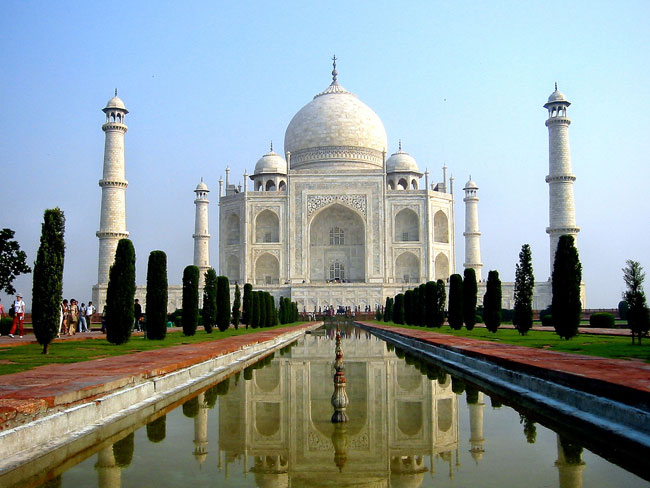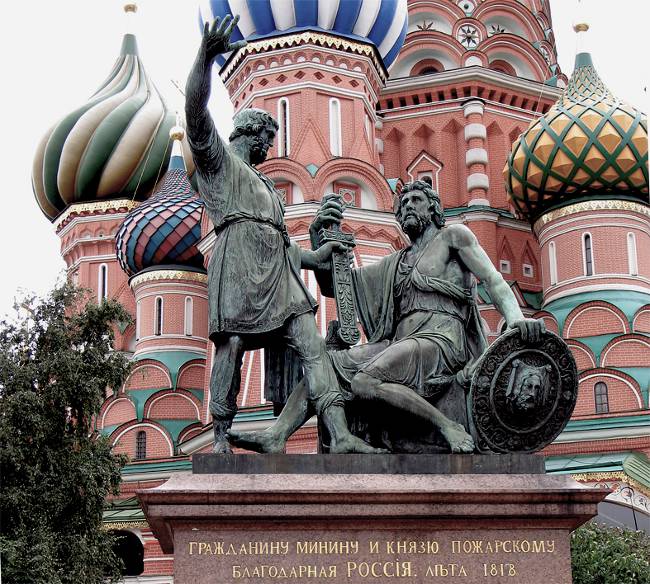Feast May 1

Feast May 1 is known by many names: May Day, Spring and Labor Day, Spring Day, Labor Day, International Solidarity Day of Workers. It is celebrated in 142 countries of the world, but where did this tradition come from?
The end of the XIX century was marked by the intensificationlabor movement: workers went out to rallies and demonstrations, demanding normal working conditions. One such demonstration took place on May 4, 1886 in Chicago and was named Haymarket riot (the workers went on strike on the Chicago Square Haymarket Square).
During the demonstration was perfect terrorist act, designed to compromise the workers: a bomb was thrown at the police detachment, which led to a shootout. The killed and the wounded were both from the police and from the demonstrators. As a result, four anarchist workers were executed by hanging on false charges.
Three years later, in June 1889, the Paris Congress of the Second International was held. In memory of the executed demonstrators at Haymarket Square, it was decided to declare May 1 Day of Solidarity of Workers of the World (Haymarket riot was only one of the demonstrations, the wave of which began on May 1, 1886, and swept through the US and Canada). Since then, the world celebrated the holiday on May 1.
In the Russian Empire, the holiday on May 1 for the first timenoted a year later: in 1890 in Warsaw, a strike of 10 thousand workers took place. In the Soviet Union, the International Workers' Solidarity Day was an official holiday. After the collapse of the USSR, the holiday on May 1 in Russia was renamed into Spring and Labour Day (in 1992), it still remains a state weekend.
The holiday of May 1 is celebrated in many countries, from Austria to South Korea. In some countries (Japan, New Zealand, Australia, USA) Labor Day is celebrated at another time.
And the origins of May 1 as a day of spring are much older. Even in pagan times in the British Isles and in Western Europe, the first day of May was the beginning of spring sowing. The Celtic holiday on May 1 bore the name Beltein and was dedicated to Belenus, the god of fertility and sun. Celtic priests (druids) brought symbolic sacrifices to Belenus.
And in the Germanic countries, the pagan holiday was dedicated on May 1 the goddess Maya or Zhiva (Ziva). An indispensable attribute of this celebration - maypole. At present it is ahigh decorated pillar, which is still installed on the central square in the cities of Germany, Austria, Slovakia, the Czech Republic and Scandinavia during the May holidays.
With the advent of Christianity, pagan holidays were gradually supplanted by the church - at least formally. But in fact pagan holidays of fertility are reflected in the Walpurgis Night. May 1 is the day of Saint Walpurgia, and the night from April 30 to May 1 was called Walpurgis Night. It was believed that this night is the main coven of the witches.
And in some countries on May 1, well, very unexpected holidays are celebrated. In the Hawaiian Islands, for example, on May 1 Day of Lei. Lei are wreaths or garlands of flowers that are handed to newcomers as a symbol of hospitality. Of course, this holiday can not do without incendiary Hawaiian dances.
Indians from the Canadian province of Saskatchewan celebrate May 1 Day of the gopher. Officially, of course, this holiday is a weekendday does not count, but it is always connected with fun: some tribes celebrate it for centuries. According to the belief, this day you can not go to bed sober (sometimes it seems that our compatriots also follow this Indian tradition during the May holidays).
In fact, it is not so important which holiday on May 1 you celebrate - Labor Day, Spring Day or Gopher's Day. Just do not miss the occasion to rejoice in the warm spring days and gain strength before working days.














